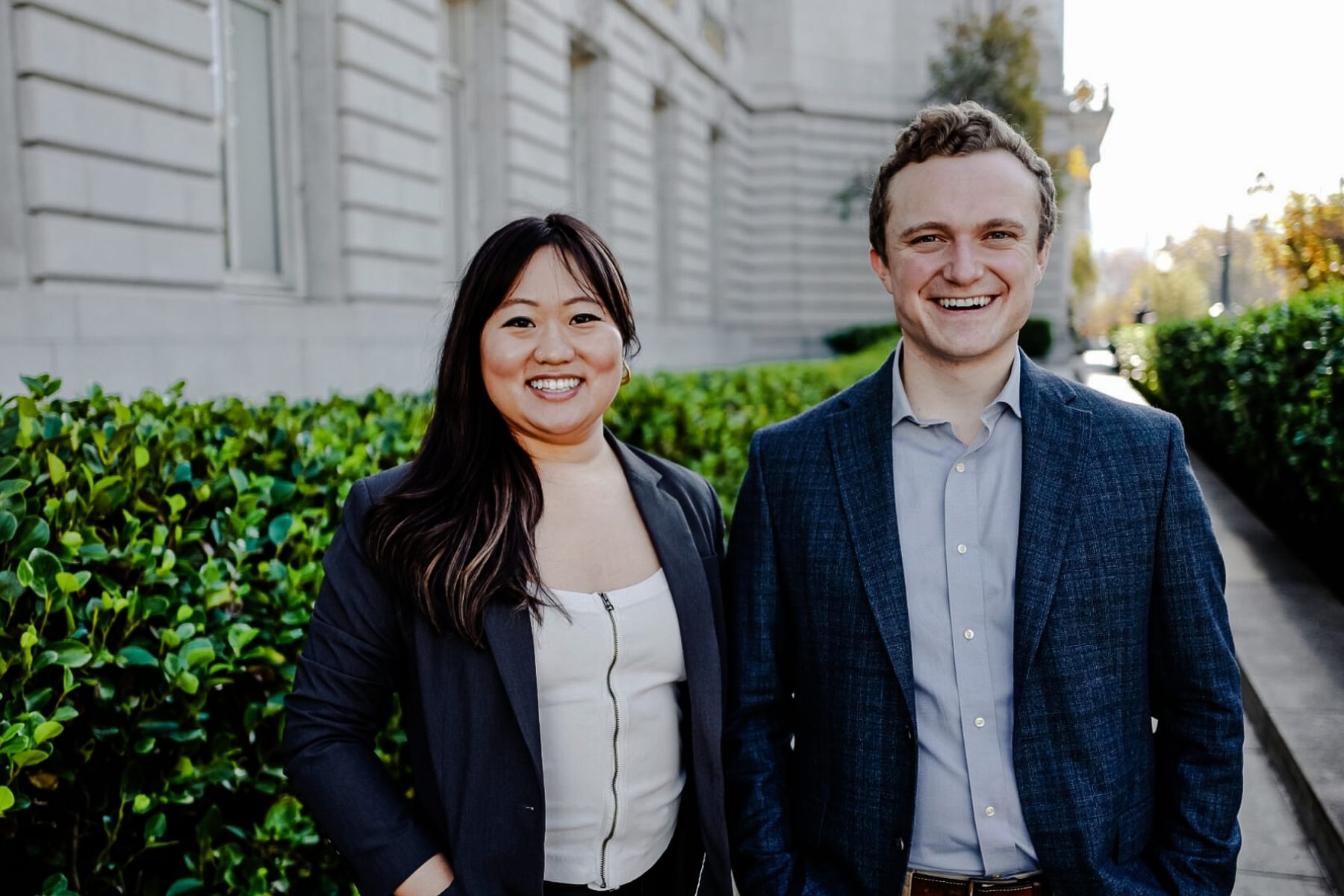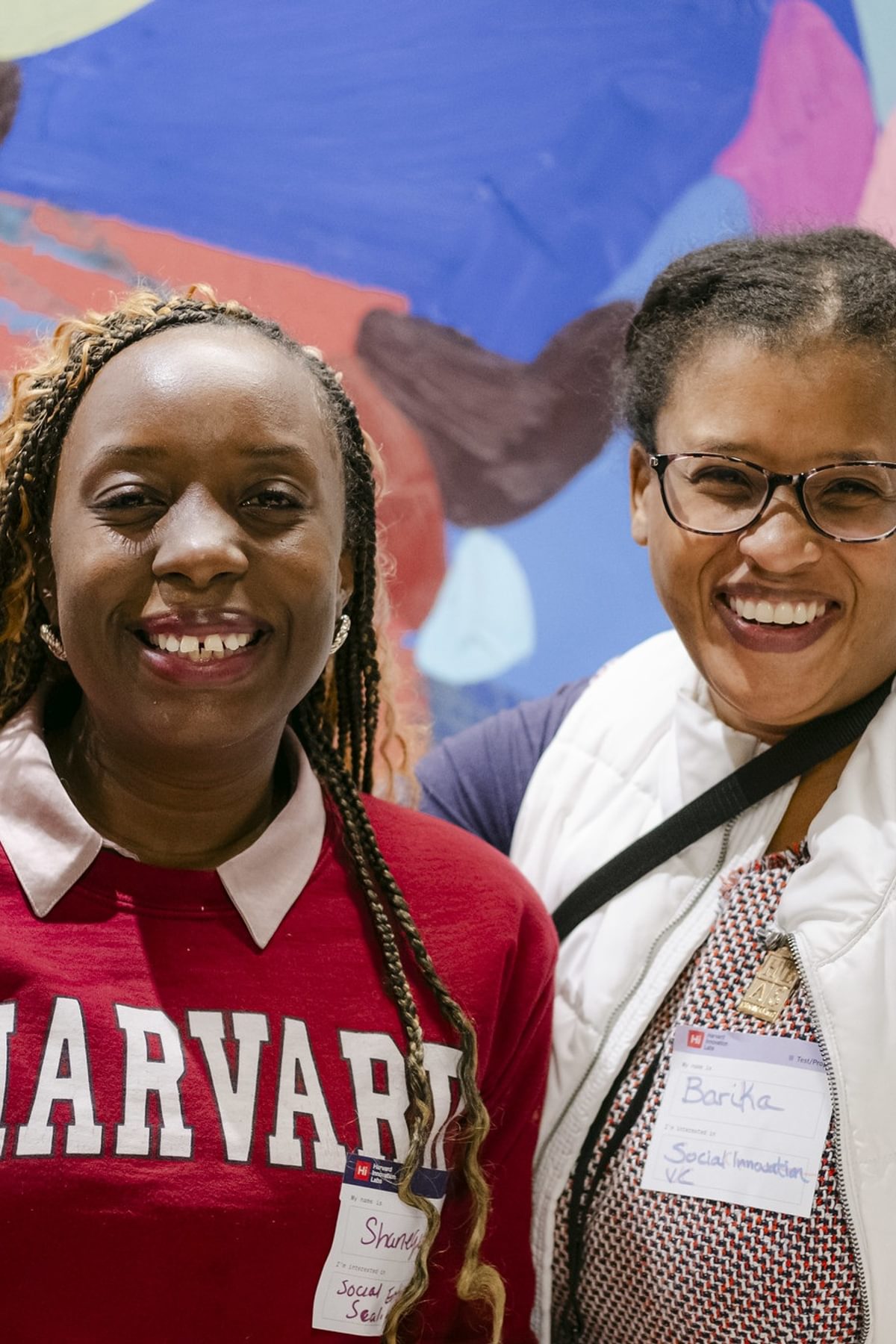After earning her degree in English, Liane Clamen (College ’91, HMS ’98) found her true calling while spending a year teaching high school students at the Tibetan Children’s Village in Dharamsala, India. Many people in the community and surrounding villages suffered from devastating medical conditions.
"I saw people dying in the village, and I thought, I want to be able to help people. I want to become a doctor,” remembered Clamen. In medical school, Clamen’s interest in the complexities of the eye led her to specialize in ophthalmology. Soon after beginning her Harvard Ophthalmology Residency at Mass Eye and Ear, she used her English and medical skills to co-author textbook chapters on cataract surgery with the chair of the hospital's cornea department.
“The first chapter was about intraocular lenses, which surgeons implant during cataract surgery to replace the eye’s natural lens,” said Clamen. “I was researching every intraocular lens that had ever been on the market while also learning to do cataract surgery. I realized that this procedure was brilliant, but not perfect, because we’re leaving patients dependent upon glasses.”
Clamen described the young, healthy eye as “miraculous” in that we can “focus over a range of distances because of the soft, flexible lens.” She explained that the ciliary muscle in the eye changes the shape and thus the power of the lens, allowing young people with healthy eyes to see clearly at near, intermediate, and distance. In contrast, the standard intraocular lens implanted during cataract surgery has one fixed power, forcing a patient to use glasses for either reading or seeing at a distance.
Clamen invented an accommodating intraocular lens — one that imitates the flexibility of the natural lens. In a recent interview with the Harvard Innovation Labs, she shared how this idea led her to found Adaptilens.
Charting a path through patent complexity
While practicing ophthalmology, Clamen realized there were pressing problems in her field that needed novel solutions. She wrote three patents for ophthalmic devices, including one for an accommodating intraocular lens (IOL). She felt optimistic about her IOL patent application, but after waiting three years for a decision, she received a rejection. Clamen sought legal counsel and secured a meeting with the patent examiner to appeal, but her patent application was rejected a second time. “Each time I was rejected, I had to reassess and make a decision — do I want to dig in my heels and keep investing time and money?” said Clamen. “Each time, I chose to persist.”
After meeting with more advisors, Clamen discovered another avenue to petition for patent approval. While Clamen did “rework some of the claims,” the key, she said, was appealing to a panel of three administrative patent judges. Nine years after the initial filing, her patent was issued.
“When my patent was finally granted, I realized I could potentially help millions of people with this invention,” shared Clamen. “I decided to dedicate my time to making this idea a reality.” In fact, more than 30 million cataract surgeries are performed globally every year, leaving millions of people dependent on glasses for the rest of their lives. As Clamen explained, the World Health Organization states that the two leading causes of curable blindness are cataracts and refractive error (not having access to the glasses one needs). A true accommodating IOL could cure both of those problems.
When my patent was finally granted, I realized I could potentially help millions of people with this invention. Liane Clamen (College ’91, HMS ’98), Adaptilens founder and CEO
Assembling a world-class team, virtually
While the patent journey was longer than Clamen had anticipated, there were benefits to the unexpected delay. By the time the patent was granted, more companies were working on approaches to developing an accommodating IOL. Clamen welcomed the competition, saying that it helped validate the global demand for a better product in this industry.
While working on her IOL, Clamen soon realized that the material did not exist to allow her to imitate nature. Her company would need to develop a novel polymer with optical and mechanical properties that imitate the natural lens. She was introduced to Professor Matt Becker at Duke University in early 2020 and signed a sponsored research agreement in February, selecting Professor Becker as the lead polymer chemist to develop the novel material.
Starting Adaptilens in 2020 as opposed to the 2010s allowed her to build a team remotely.
As she was beginning to grow her team, the COVID pandemic began, and virtual work became the standard. This was a significant benefit for Adaptilens. “When I built my team, I could handpick the best people for the job, not concerned about where they lived,” said Clamen.
Based in Boston, Clamen has assembled a fully remote team which operates across the country and internationally. “The polymer is developed at Duke, the Chief Operating Officer and Chief Technology Officer live in Texas, the lenses are manufactured in Pennsylvania, and the inserter systems are made in Switzerland,” she said.
When asked about her fundraising journey, Clamen described her participation in a virtual accelerator through MassChallenge, which helped her meet the investors who would lead Adaptilens’ $1.6M seed round. “Our seed investors, Pillar VC and Accanto Ventures, realized our idea was novel, and our market potential was massive,” shared Clamen. “They also appreciated our strong team.”

Coming back to Harvard with an eye on the future
In fall 2021, Clamen joined Launch Lab X, an eight-month accelerator for Harvard alumni founders who want to grow their ventures and their community. Clamen shared how the accelerator helped her expand her network, hone her storytelling capabilities, and build collaborative friendships with people in her cohort:
“I spent more than a decade learning from incredible professors and mentors at Harvard during college, medical school, and residency. This program at the i-lab was an amazing opportunity to reenter the Harvard community. The LLX program provided networking opportunities and the ability to learn from both experts and colleagues.”
As part of the Launch Lab X accelerator, Adaptilens participated in the 2022 Harvard President’s Innovation Challenge, an annual venture competition for Harvard students and select alumni and affiliates who are redefining what’s possible in their fields. Adaptilens took home the $75,000 grand prize in the health and life sciences track for alumni and affiliates. Winning the PIC was “huge validation” for Adaptilens, said Clamen. “That stamp of approval and publicity helped us to fundraise and expand our team.”

A funding milestone sets the stage for human trials
Between 2022 and 2024, Adaptilens completed computer simulation tests and animal trials on its accommodating IOL, which set the stage for its initial human trials. But first, they needed to raise additional capital.
After many meetings with investors, the Adaptilens team chose Perceptive Xontogeny Venture Funds (PXV Funds) to lead their $17.5M Series A in 2024. “The investors at PXV Funds appreciated that we had a working prototype, an amazing team of scientists, and executives with commercial expertise,” shared Clamen.
Adaptilens is now completing preclinical tests in preparation for human trials to begin in the fall of 2025. “In 2026, we will focus on completing our first-in-human trial,” said Clamen. “The next major milestone is to raise a Series B that will fund pivotal trials so we can get FDA approval and bring our lens to market.”
Clamen anticipates that Adaptilens’ accommodating IOL will be on the market in 2031. Having first thought of the idea for the company in 2002, Clamen said that a future where Adaptilens is restoring youthful vision to people around the world “is no longer a distant dream, but will soon be a reality.”





